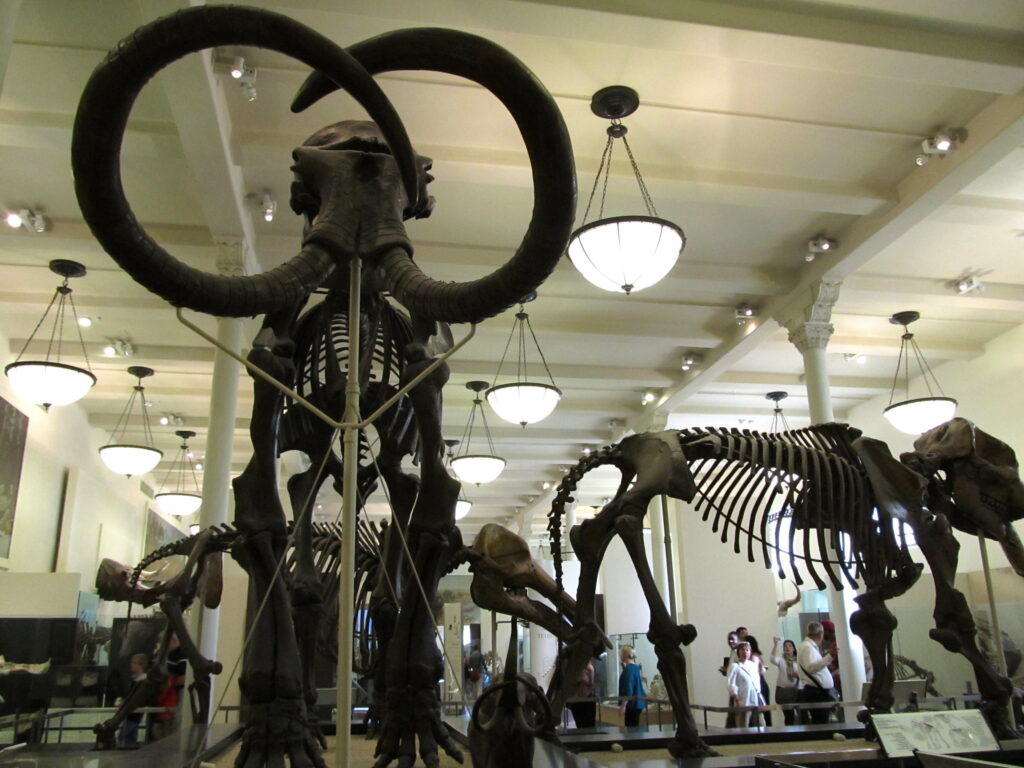The Pleistocene Epoch
The Pleistocene Epoch, which lasted from about 2.6 million to 11,700 years ago, is crucial in phylogeography due to its profound impact on shaping the current distribution and genetic structure of species. Known as the “Ice Age,” this epoch was marked by repeated glacial cycles that drove significant ecological changes, influencing the dispersal, isolation, and evolution of numerous species across the globe.

Glacial Cycles and Habitat Shifts
The Pleistocene was characterized by a series of glacial and interglacial periods where large ice sheets periodically expanded and retreated. These glaciations covered much of the Northern Hemisphere, particularly North America and Eurasia. Glacial advances forced species to migrate to refugia—areas that remained ice-free and habitable. These refugia acted as sanctuaries where species survived in isolated pockets. When glaciers receded during interglacial periods, species dispersed outward, recolonizing previously uninhabitable regions. These cycles created a pattern of repeated isolation and secondary contact that significantly influenced genetic differentiation and speciation.
Refugia and Genetic Differentiation
Refugia played a critical role in shaping phylogeographic patterns. Populations isolated in different refugia evolved independently, leading to genetic differentiation. When species recolonized after glacial retreats, some populations remained genetically distinct due to barriers like mountains or rivers. In other cases, secondary contact resulted in hybrid zones where different lineages interbred. The location of historical refugia and patterns of recolonization are often reflected in modern genetic variation, helping researchers reconstruct past distributions and migration routes.
Evolutionary Impacts and Adaptive Responses
The Pleistocene’s dynamic climate and habitat changes also influenced natural selection and adaptation. Species adapted to survive in different climates, and some evolved specific traits or physiological mechanisms to endure colder temperatures. Genetic markers associated with these adaptations are sometimes identifiable in modern populations, providing clues about their evolutionary history. Additionally, populations that persisted through multiple glacial cycles often show greater genetic diversity due to their long-term persistence.
Extinctions and the Rise of Modern Biotas
The Pleistocene also witnessed significant extinctions, particularly during the Late Pleistocene, when many large mammals (megafauna) vanished, possibly due to climate change and human activities. The loss of these species dramatically altered ecosystems, influencing the distribution and genetic structure of surviving species. Consequently, the modern biotas reflect the legacy of these extinctions and the reorganization of ecological communities.
Applications in Conservation
Understanding the Pleistocene’s impact on phylogeography has crucial implications for conservation. Recognizing regions with high genetic diversity or unique lineages can help identify areas with historical significance, which might harbor greater evolutionary potential. Additionally, studying Pleistocene refugia and migration corridors provides a framework for predicting how species might respond to future climate changes.

